Live sports broadcasting is often thought of as resistant to traditional competitive pressures usually seen on the TV platform. A recent survey may have cast some doubts on this view. The London based analyst firm Ampere conducted a 32,000-person survey across Europe and the US revealing that this resistance to competition may be demographic specific. In particular, younger viewers (identified as millennials, usually 18-24) appear to have a lower identification with sport when compared to older age groups. Those aged 35-44 identify the most with the statement ‘I love sport’.
The hunch is that the range of free online content may be enticing millennials away from watching live sport. The argument goes that the allure of Facebook, Twitter, Reddit and YouTube to name but a few is changing the preferences of millennials when it comes for consuming media. In a nutshell, they may be substituting away from consuming live sports and engaging with other forms of media, in particular social media. The question is whether this a worry for companies like Sky and BT going forward as these firms often rely on subscriptions for revenue.
Perhaps these trends reflect a wider pattern in technological development – millennials are maybe more familiar with ‘screens’ outside of the traditional television. The challenge for Sky and BT may be more so about getting onto the tablets and phones of young consumers, a domain where it is often quick and easy to get ‘free’ content. Many are not used to paying for media content on these screens.
I think major broadcasting companies have already identified this problem and the ‘switch to streaming’ seems already underway. Indicative of this is the almost instant access to live goals on smart phones via Sky Sports subscriptions. I think this form of almost instant access is only going one way with the progression of online technologies. Creative destruction often knows no bounds. Match of the Day maybe the victim, maybe we will look back and think how we had to ‘wait’ until 10.30 to see the goals…
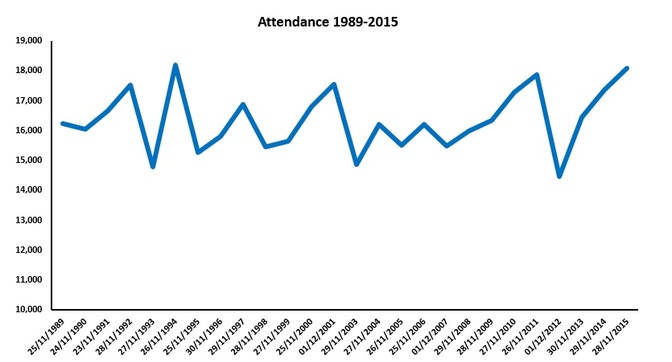


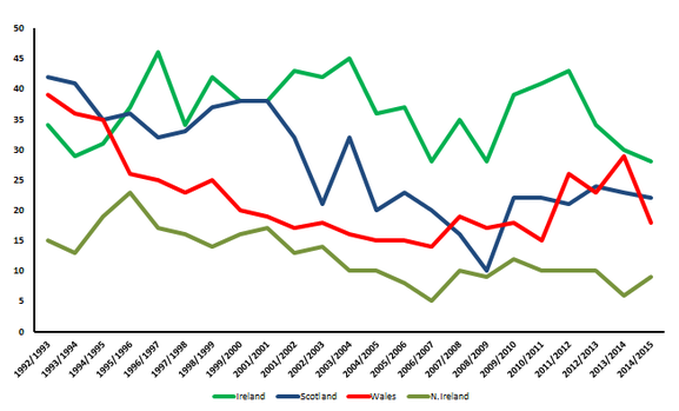
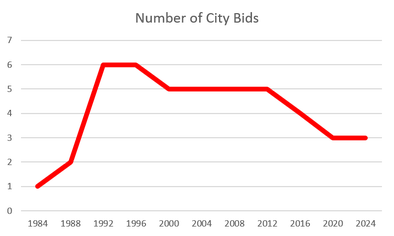
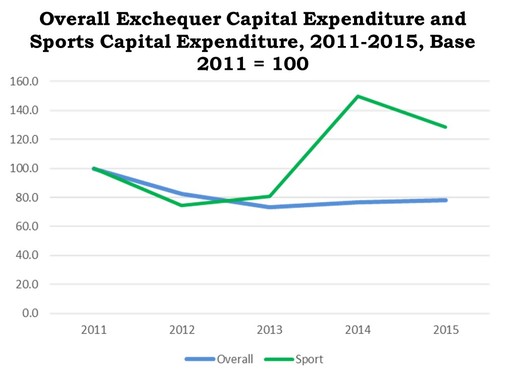
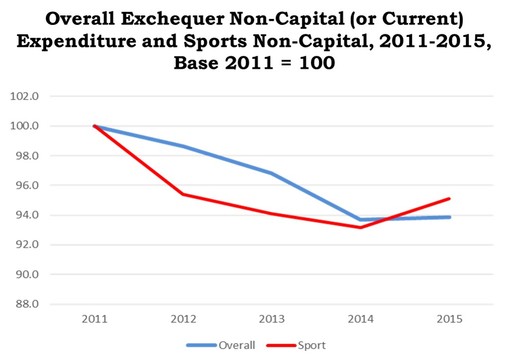
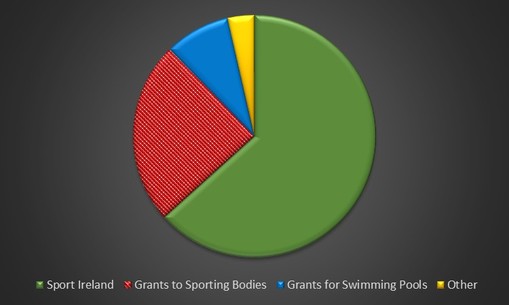
 RSS Feed
RSS Feed